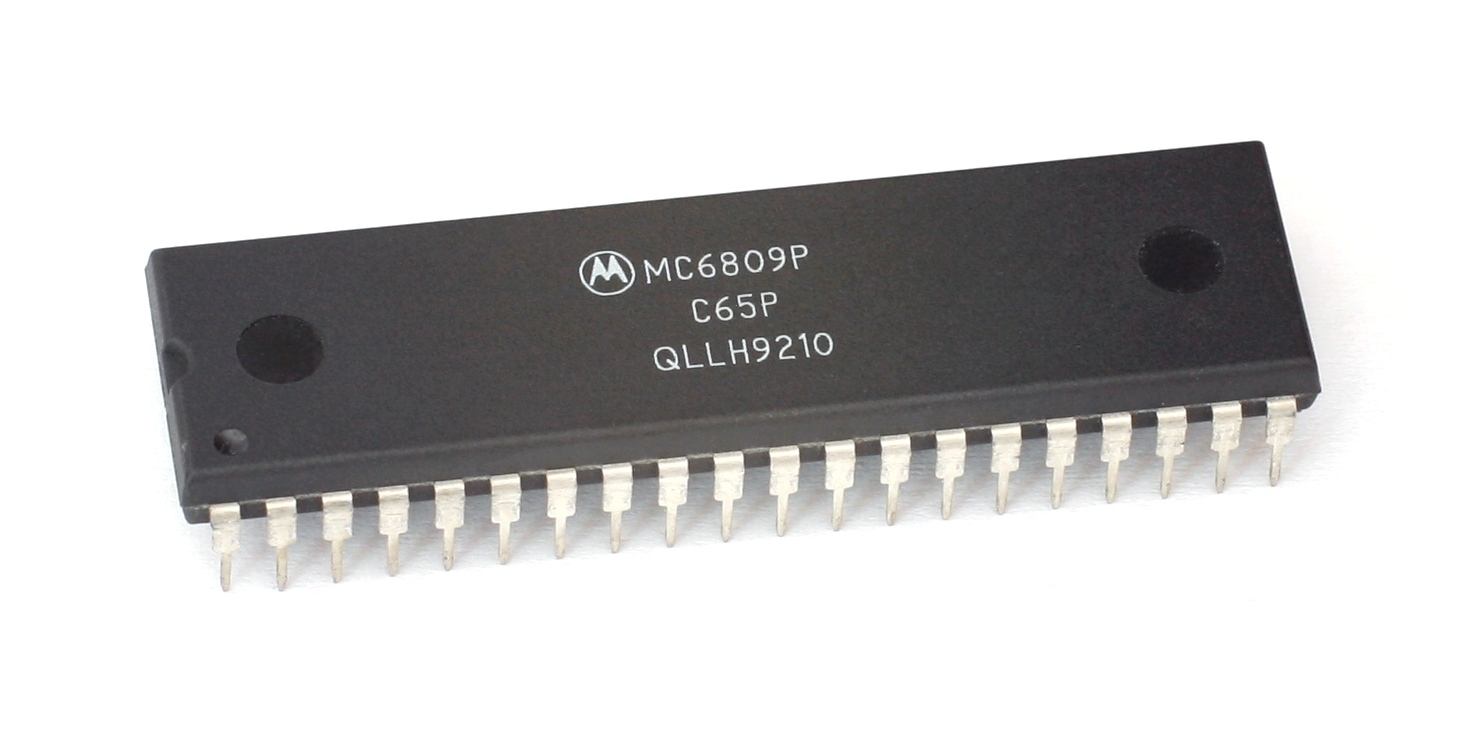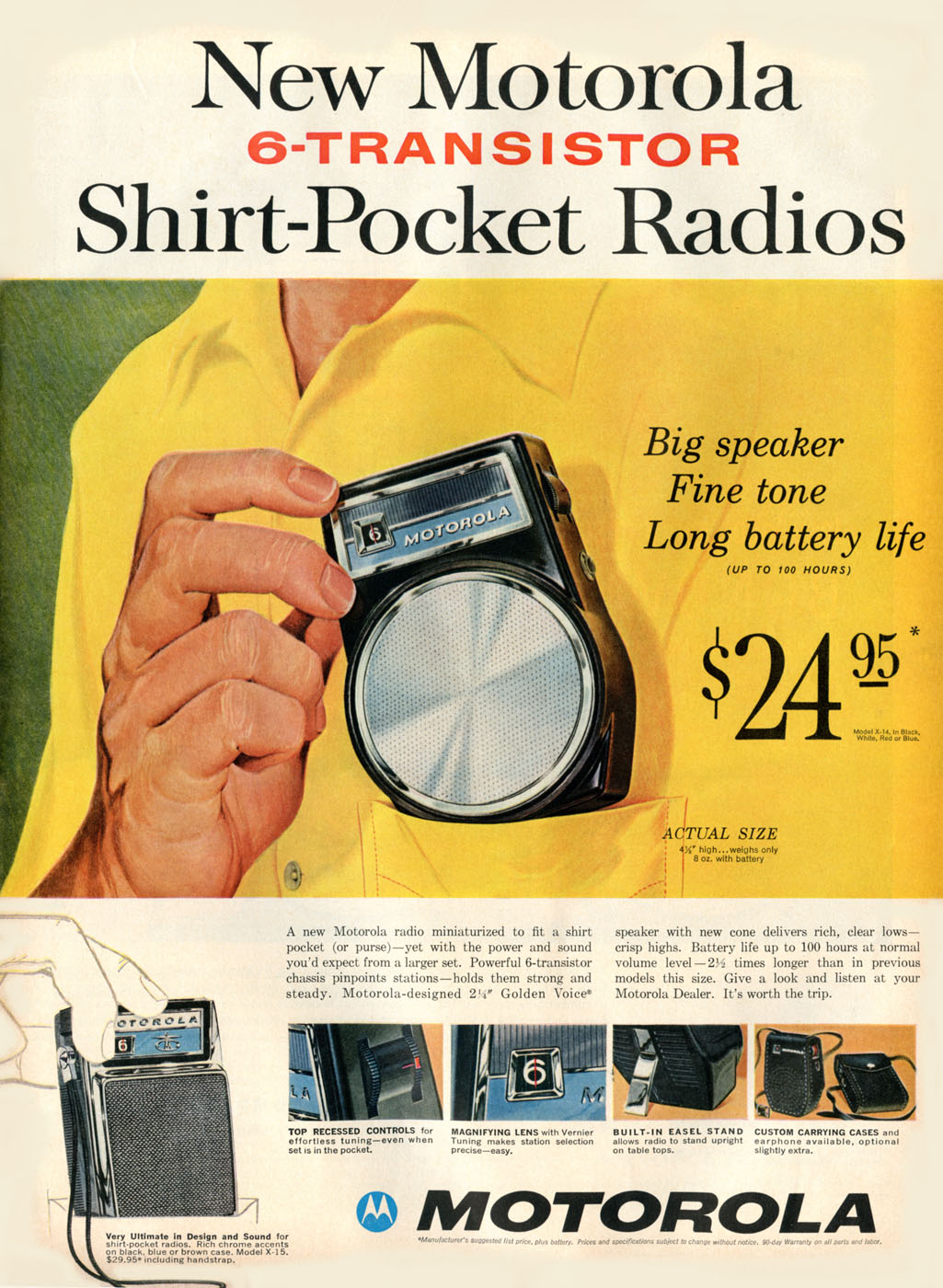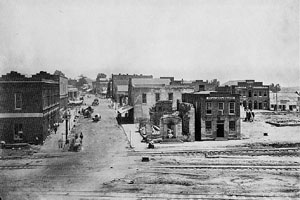|
Gimix
Gimix, Inc., was an American electronics and computer company based in Chicago, Illinois, founded by Robert C. Philips. History Gimix was founded in Chicago, Illinois, by Robert C. Philips in late 1975. Philips, an electronics enthusiast and high school dropout, had in the early 1970s achieved total automation of his apartment using computerized relay circuits that he designed at the age of 25. This project attracted the attention of Chicago architect Stanley Tigerman, who commissioned him to design the electronics for an automated home based on Tigerman's specifications. Philips' home automation system for Tigerman worked through radio frequency signals sent wirelessly and through the power line of the house, in a scheme similar to the now-standard X10 protocol. Phlips soon after incorporated Gimix as a name for his home automation business and as a vehicle for branding his remote-controlled devices. Sometime between its founding and 1978, he hired Richard Don as vice presid ... [...More Info...] [...Related Items...] OR: [Wikipedia] [Google] [Baidu] |
Motorola 6809
The Motorola 6809 ("''sixty-eight-oh-nine''") is an 8-bit microprocessor with some 16-bit features. It was designed by Motorola's Terry Ritter and Joel Boney and introduced in 1978. Although source compatible with the earlier Motorola 6800, the 6809 offered significant improvements over it and 8-bit contemporaries like the MOS Technology 6502, including a hardware multiplication instruction, 16-bit arithmetic, system and user stack registers allowing re-entrant code, improved interrupts, position-independent code and an orthogonal instruction set architecture with a comprehensive set of addressing modes. Among the most powerful 8-bit processors of its era, it was also much more expensive. In 1980 a 6809 in single-unit quantities was compared to for a Zilog Z80 and for a 6502. It was launched when a new generation of 16-bit processors were coming to market, like the Intel 8086, and 32-bit designs were on the horizon, including Motorola's own 68000. It was not feature competitiv ... [...More Info...] [...Related Items...] OR: [Wikipedia] [Google] [Baidu] |
SS-50 Bus
The SS-50 bus was an early computer bus designed as a part of the SWTPC 6800 Computer System that used the Motorola 6800 CPU. The SS-50 motherboard would have around seven 50-pin connectors for CPU and memory boards plus eight 30-pin connectors for I/O boards. The I/O section was sometimes called the SS-30 bus. Southwest Technical Products Corporation introduced this bus in November 1975 and soon other companies were selling add-in boards. Some of the early boards were floppy disk systems from Midwest Scientific Instruments, Smoke Signal Broadcasting, and Percom Data; an EPROM programmer from the Micro Works; video display boards from Gimix; memory boards from Seals. By 1978 there were a dozen SS-50 board suppliers and several compatible SS-50 computers. In 1979 SWTPC modified the SS-50 bus to support the new Motorola MC6809 processor. These changes were compatible with most existing boards and this upgrade gave the SS-50 Bus a long life. SS-50 based computers were made until ... [...More Info...] [...Related Items...] OR: [Wikipedia] [Google] [Baidu] |
OS-9
OS-9 is a family of real-time, process-based, multitasking, multi-user operating systems, developed in the 1980s, originally by Microware Systems Corporation for the Motorola 6809 microprocessor. It was purchased by Radisys Corp in 2001, and was purchased again in 2013 by its current owner Microware LP. The OS-9 family was popular for general-purpose computing and remains in use in commercial embedded systems and amongst hobbyists. Today, OS-9 is a product name used by both a Motorola 68000-series machine language OS and a portable (PowerPC, x86, ARM, MIPS, SH4, etc.) version written in C, originally known as OS-9000. History The first version ("OS-9 Level One"), which dates back to 1979–1980, was written in assembly language for the Motorola 6809 CPU, and all of its processes ran within the 64KB address space of the CPU without a memory management unit. It was developed as a supporting operating system for the BASIC09 project, contracted for by Motorola as part of the ... [...More Info...] [...Related Items...] OR: [Wikipedia] [Google] [Baidu] |
Motorola 6800
The 6800 ("''sixty-eight hundred''") is an 8-bit computing, 8-bit microprocessor designed and first manufactured by Motorola in 1974. The MC6800 microprocessor was part of the Motorola 6800 family, M6800 Microcomputer System (latter dubbed ''68xx'') that also included serial and parallel interface integrated circuit, ICs, RAM, read-only memory, ROM and other support chips. A significant design feature was that the M6800 family of ICs required only a single five-volt power supply at a time when most other microprocessors required three voltages. The M6800 Microcomputer System was announced in March 1974 and was in full production by the end of that year. "Motorola's M6800 microcomputer system, which can operate from a single 5-volt supply, is moving out of the sampling stage and into full production." The small-quantity price of the MC6800 is . The MC6820 PIA cost . The 6800 has a 16-bit address bus that can directly access of memory and an 8-bit bi-directional data bus. It has 72 ... [...More Info...] [...Related Items...] OR: [Wikipedia] [Google] [Baidu] |
SWTPC
Southwest Technical Products Corporation, or SWTPC, was an American producer of electronic kits, and later complete computer systems. It was incorporated in 1967 in San Antonio, Texas, succeeding the Daniel E. Meyer Company. In 1990, SWTPC became Point Systems, before ceasing a few years later. History In the 1960s, many hobbyist electronics magazines such as ''Popular Electronics'' and ''Radio-Electronics'' published construction articles, for many of which the author would arrange for a company to provide a kit of parts to build the project. Daniel Meyer published several popular projects and successfully sold parts kits. He soon started selling kits for other authors such as Don Lancaster and Louis Garner. Between 1967 and 1971, SWTPC sold kits for over 50 ''Popular Electronics'' articles. Most of these kits were intended for audio use, such as hi-fi, utility amplifiers, and test equipment such as a function generator based on the Intersil ICL8038. Many of these early ... [...More Info...] [...Related Items...] OR: [Wikipedia] [Google] [Baidu] |
Chicago
(''City in a Garden''); I Will , image_map = , map_caption = Interactive Map of Chicago , coordinates = , coordinates_footnotes = , subdivision_type = Country , subdivision_name = United States , subdivision_type1 = State , subdivision_type2 = Counties , subdivision_name1 = Illinois , subdivision_name2 = Cook and DuPage , established_title = Settled , established_date = , established_title2 = Incorporated (city) , established_date2 = , founder = Jean Baptiste Point du Sable , government_type = Mayor–council , governing_body = Chicago City Council , leader_title = Mayor , leader_name = Lori Lightfoot ( D) , leader_title1 = City Clerk , leader_name1 = Anna Valencia ( D) , unit_pref = Imperial , area_footnotes = , area_tot ... [...More Info...] [...Related Items...] OR: [Wikipedia] [Google] [Baidu] |
General Motors
The General Motors Company (GM) is an American Multinational corporation, multinational Automotive industry, automotive manufacturing company headquartered in Detroit, Michigan, United States. It is the largest automaker in the United States and was the largest in the world for 77 years before losing the top spot to Toyota in 2008. General Motors operates manufacturing plants in eight countries. Its four core automobile brands are Chevrolet, Buick, GMC (automobile), GMC, and Cadillac. It also holds interests in Chinese brands Wuling Motors and Baojun as well as DMAX (engines), DMAX via joint ventures. Additionally, GM also owns the BrightDrop delivery vehicle manufacturer, GM Defense, a namesake Defense vehicles division which produces military vehicles for the United States government and military; the vehicle safety, security, and information services provider OnStar; the auto parts company ACDelco, a GM Financial, namesake financial lending service; and majority ownership in t ... [...More Info...] [...Related Items...] OR: [Wikipedia] [Google] [Baidu] |
Georgia Tech
The Georgia Institute of Technology, commonly referred to as Georgia Tech or, in the state of Georgia, as Tech or The Institute, is a public research university and institute of technology in Atlanta, Georgia. Established in 1885, it is part of the University System of Georgia and has satellite campuses in Savannah, Georgia; Metz, France; Shenzhen, China; and Singapore. The school was founded as the Georgia School of Technology as part of Reconstruction plans to build an industrial economy in the post-Civil War Southern United States. Initially, it offered only a degree in mechanical engineering. By 1901, its curriculum had expanded to include electrical, civil, and chemical engineering. In 1948, the school changed its name to reflect its evolution from a trade school to a larger and more capable technical institute and research university. Today, Georgia Tech is organized into six colleges and contains about 31 departments/units, with emphasis on science and technology. I ... [...More Info...] [...Related Items...] OR: [Wikipedia] [Google] [Baidu] |
UNIX-like
A Unix-like (sometimes referred to as UN*X or *nix) operating system is one that behaves in a manner similar to a Unix system, although not necessarily conforming to or being certified to any version of the Single UNIX Specification. A Unix-like application is one that behaves like the corresponding Unix command or shell. Although there are general philosophies for Unix design, there is no technical standard defining the term, and opinions can differ about the degree to which a particular operating system or application is Unix-like. Some well-known examples of Unix-like operating systems include Linux and BSD. These systems are often used on servers, as well as on personal computers and other devices. Many popular applications, such as the Apache web server and the Bash shell, are also designed to be used on Unix-like systems. One of the key features of Unix-like systems is their ability to support multiple users and processes simultaneously. This allows users to run multipl ... [...More Info...] [...Related Items...] OR: [Wikipedia] [Google] [Baidu] |
FLEX (operating System)
FLEX is a discontinued single-tasking operating system developed by Technical Systems Consultants (TSC) of West Lafayette, Indiana, for the Motorola 6800 in 1976. Overview The original version was distributed on 8" floppy disks; the (smaller) version for 5.25" floppies is called mini-Flex. It was also later ported to the Motorola 6809; that version is called Flex09. All versions are text-based and intended for use on display devices ranging from printing terminals like the Teletype Model 33 ASR to smart terminals. While no graphic displays are supported by TSC software, some hardware supports elementary graphics and pointing devices. FLEX is a disk-based operating system, using 256-byte sectors on soft-sectored floppies; the disk structure uses linkage bytes in each sector to indicate the next sector in a file or free list. The directory structure is simplified as a result. TSC (and others) provide several programming languages including BASIC in two flavors (standard and exten ... [...More Info...] [...Related Items...] OR: [Wikipedia] [Google] [Baidu] |
DuPont
DuPont de Nemours, Inc., commonly shortened to DuPont, is an American multinational chemical company first formed in 1802 by French-American chemist and industrialist Éleuthère Irénée du Pont de Nemours. The company played a major role in the development of Delaware and first arose as a major supplier of gunpowder. DuPont developed many polymers such as Vespel, neoprene, nylon, Corian, Teflon, Mylar, Kapton, Kevlar, Zemdrain, M5 fiber, Nomex, Tyvek, Sorona, Corfam and Lycra in the 20th century, and its scientists developed many chemicals, most notably Freon (chlorofluorocarbons), for the refrigerant industry. It also developed synthetic pigments and paints including ChromaFlair. In 2015, DuPont and the Dow Chemical Company agreed to a reorganization plan in which the two companies would merge and split into three. As a merged entity, DuPont simultaneously acquired Dow and renamed itself to DowDuPont on August 31, 2017, and after 18 months spin off the merged entity' ... [...More Info...] [...Related Items...] OR: [Wikipedia] [Google] [Baidu] |




